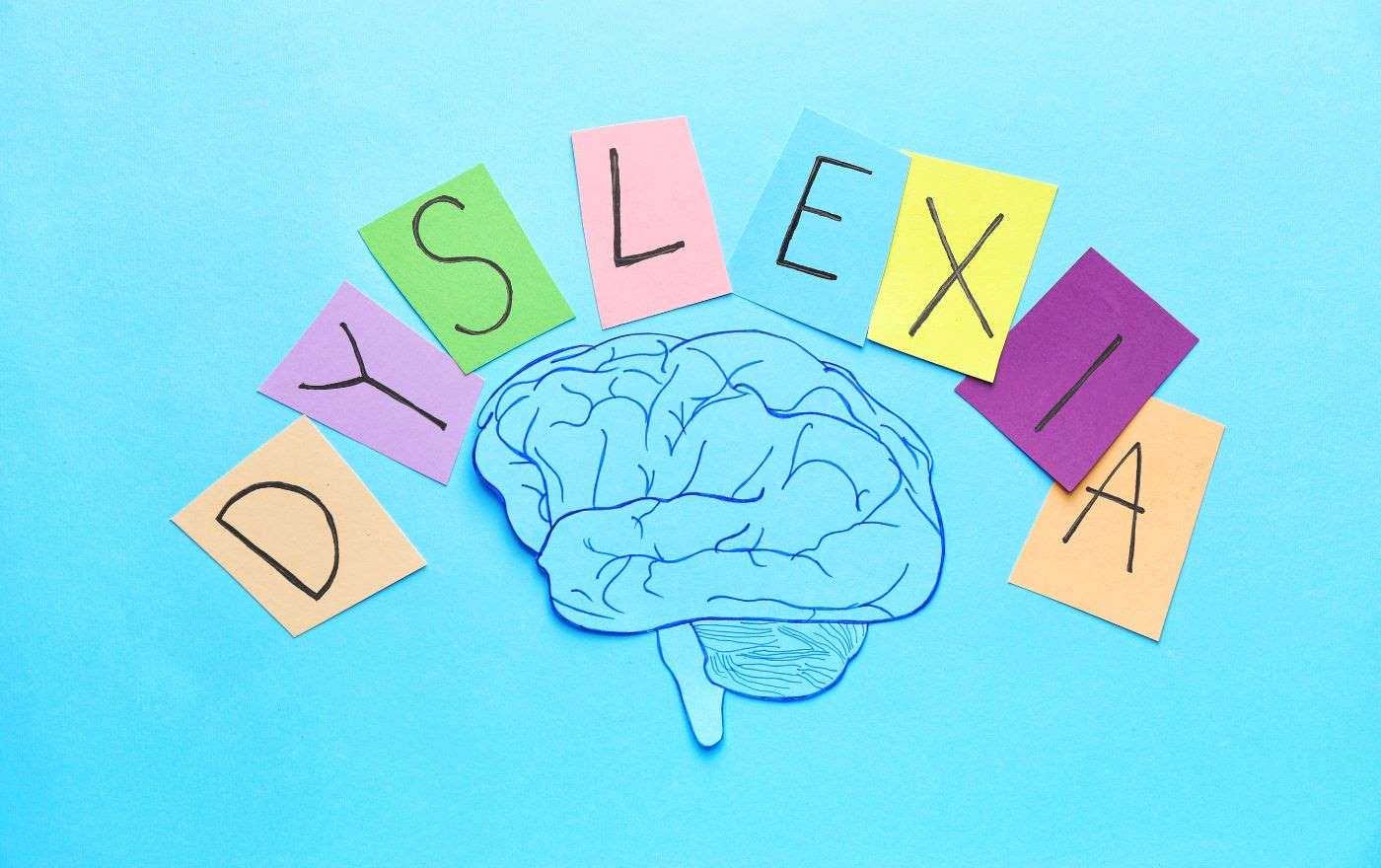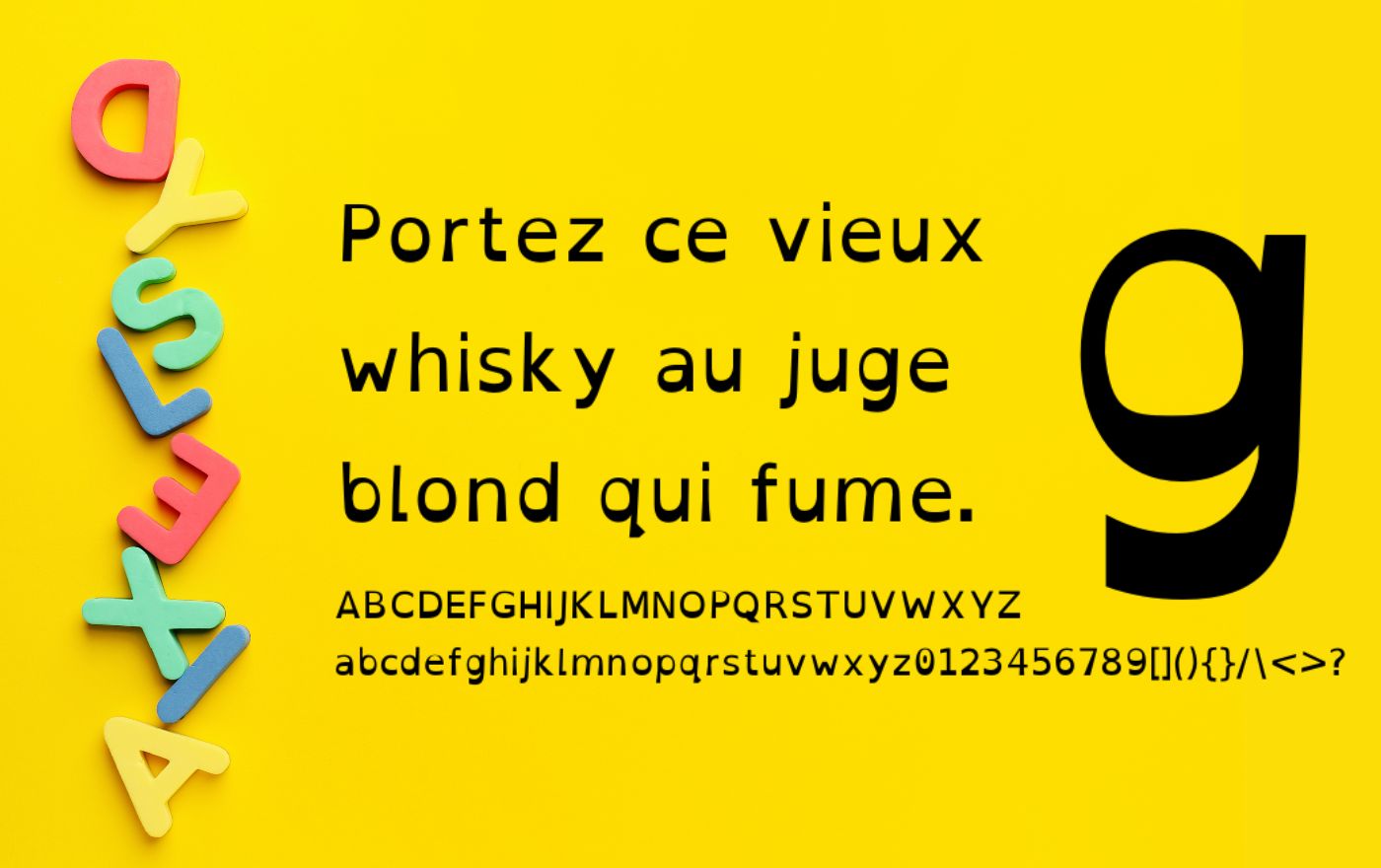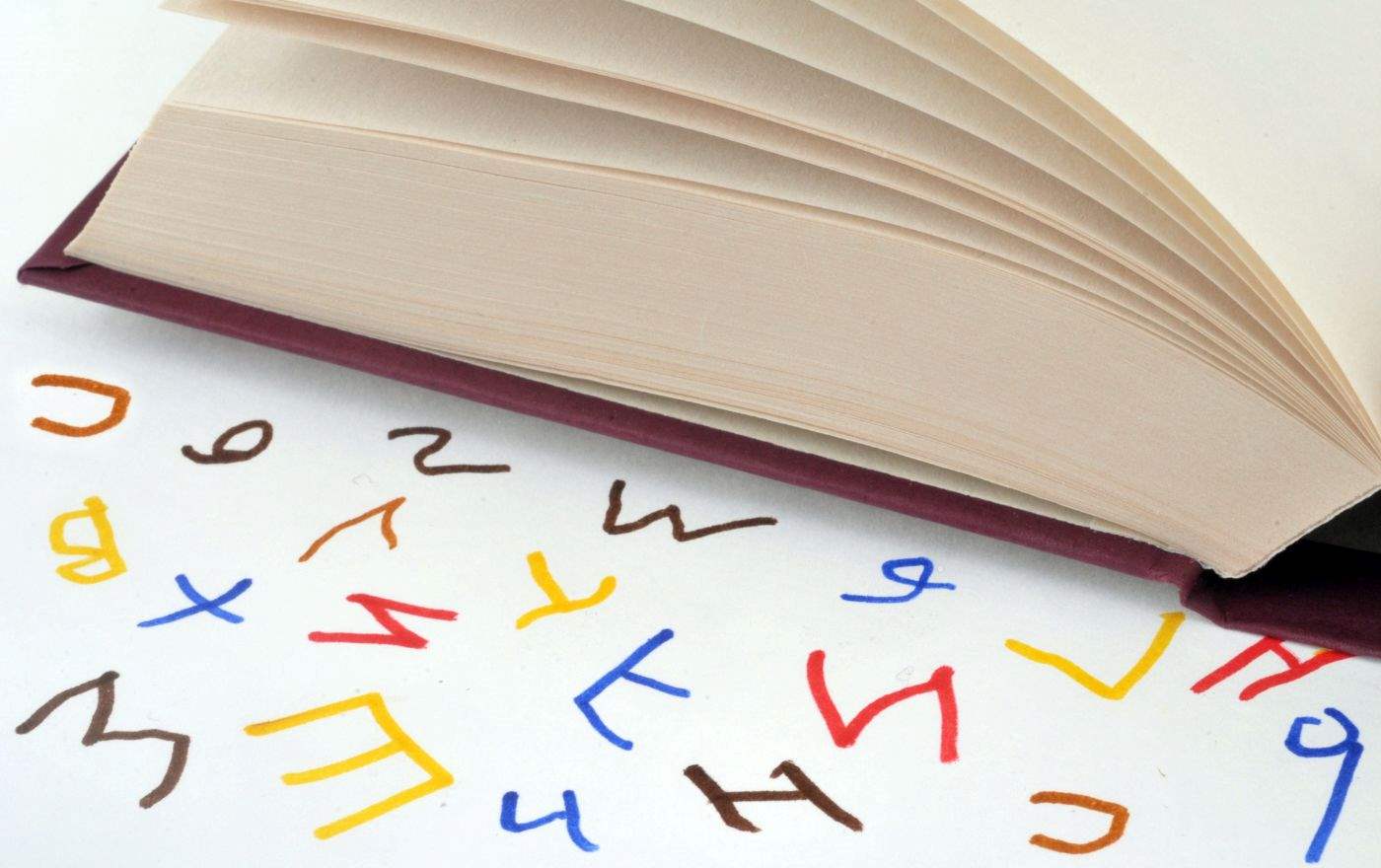
25 Dec Dyslexia Friendly Fonts
THE POWER OF DYSLEXIA FRIENDLY FONTS

Dyslexia is a neurodevelopmental condition that affects reading and writing abilities. In recent years, specialized fonts have emerged to assist individuals with dyslexia in better comprehending written text.
Recent studies have explored potential links between dyslexia and visual processing issues like crowding. Specialized fonts, termed ‘dyslexia-friendly,’ emerged with features to ease confusion between letters and reduce crowding through increased letter and word spacing. However, debates persist regarding these fonts’ effectiveness in improving reading speed and accuracy. It has been shown that increased letter spacing has a positive effect on the reading ability of dyslexic individuals.
A study involving 128 children (with and without dyslexia) assessed different letterform variations and spacing adjustments on reading. Surprisingly, the study found no significant impact from altered letterforms. However, increased inter-letter spacing alone hindered reading speed, emphasizing the importance of a balanced increase in both inter-letter and inter-word spacing to mitigate this impairment.
Best Dyslexia Friendly Fonts and Why They Work
When it comes to fonts for individuals with dyslexia, several typefaces have shown promise in enhancing readability. Fonts like OpenDyslexic, Dyslexie, and Comic Sans are often recommended. They incorporate features like heavier bottom portions, larger spaces between letters, and unique letter shapes. These characteristics can assist dyslexic readers by reducing letter confusion and enhancing letter differentiation.
1. OpenDyslexic
This font emphasizes a heavier baseline, preventing letters from flipping or rotating in the reader’s mind. The heavier bottom portion of letters helps ground them, reducing confusion that dyslexic individuals might experience with letter orientation.
A study employing a single-subject alternating treatment design aimed to assess the impact of OpenDyslexic, a specialized dyslexia font, on reading rate and accuracy among elementary students identified with dyslexia. OpenDyslexic was compared to Arial and Times New Roman across three reading tasks: (a) letter naming, (b) word reading, and (c) nonsense word reading.
Analyzing data through visual observation and improvement rate difference—a nonparametric method—revealed no noticeable enhancement in reading rate or accuracy among individual dyslexic students or the entire group. Despite some students acknowledging the font as ‘new’ or ‘different,’ none preferred the reading material presented in this font. These findings suggest little to no advantage in converting print materials to this particular font.

2. Dyslexie
Designed with altered letterforms to make them more distinct, Dyslexie reduces mirror-image confusion. Its unique shapes and letter differentiations aid in minimizing letter swapping or confusion.
Christian Boer introduced ‘Dyslexie,’ a font designed for dyslexic readers, in 2008. Despite widespread media coverage, including TheGuardian.com, Slate.com, TheAtlantic.com, USA Today, and io9.com, there’s limited empirical evidence supporting its effectiveness. This study aimed to determine if Dyslexie outperforms Arial, a common sans serif font, and whether its efficacy stems from its generous spacing.
Low-progress readers learning English (39 participants) were given four texts in different font conditions, matched in letter display size but varied in spacing. Initially, Dyslexie showed a 7% reading speed improvement compared to Arial. Yet, adjusting Arial’s spacing eliminated this difference, suggesting that Dyslexie’s advantage may lie more in its spacing settings than its letter design.
3. Comic Sans
While not specifically designed for dyslexia, it is often considered more readable due to its simple and evenly weighted strokes. Its informal appearance can benefit individuals with dyslexia by making text clearer and easier to process, contributing to improved readability.
A collaboration in 2022 between WeTransfer and Dyslexia Scotland highlights how the very irregularity often disliked by designers can aid individuals with dyslexia in navigating otherwise overwhelming text. Named “There’s Nothing Comic About Dyslexia,” the campaign extensively employs this font across various assets, spanning print, film, OOH, social media posts, and digital platforms. WeTransfer actively backs the initiative by leveraging its ad inventory, utilizing digital wallpapers and workflow functionalities to advocate that “beautiful design and dyslexia-friendly approaches can coexist,” as mentioned in the release.
Ultimately, choosing the right font might vary based on individual preferences, so it’s often beneficial to test and find the font that works best for each person with dyslexia.
Evaluating the Efficacy of EasyReading™ Font for Dyslexia in Primary School Students
Nowadays, various books boast different fonts purportedly suitable for individuals with dyslexia. This study focused on evaluating the effectiveness of a specific font tailored for dyslexia, known as EasyReading™. It compared the reading performances of proficient readers and those with dyslexia. The study involved 533 fourth-grade primary school students and assessed their reading abilities using two layouts: the widely used Times New Roman and EasyReading™.
The aim was to determine the potential influence of font choice on children’s reading performance. The study’s results revealed both statistical and clinical significance, indicating that EasyReading™ can serve as a beneficial tool for readers with dyslexia and simplify reading for all reader categories.

Conclusion
Dyslexic fonts play a crucial role in enhancing readability and accessibility for individuals with dyslexia. These specialized fonts, designed with unique letterforms and increased spacing, aim to mitigate the challenges dyslexic individuals face while reading. By incorporating features that reduce letter confusion and crowding effects, dyslexic fonts offer a pathway to more comfortable and understandable reading experiences.
The significance of dyslexic fonts lies in their ability to empower individuals with dyslexia by providing them with tools that align with their needs. These fonts offer improved readability, boost confidence, and foster a positive relationship with reading. By creating materials and resources that utilize dyslexic-friendly fonts, there’s an opportunity to level the playing field, allowing dyslexic individuals to access information more readily and engage more comfortably with written content.
Ultimately, the importance of dyslexic fonts extends beyond mere typography; it signifies inclusivity, understanding, and support for individuals with dyslexia. These fonts represent a tangible step towards creating a more accessible and accommodating environment, ensuring everyone can access information with greater ease and confidence regardless of their reading challenges.
Check Out Our Other Blogs:
Craig Selinger
Latest posts by Craig Selinger (see all)
- Psychotherapy and Support Services at Cope With School NYC - April 12, 2024
- NYC Parents of Teens Support Group - April 8, 2024
- Here I Am, I Am Me: An Illustrated Guide to Mental Health - April 4, 2024


No Comments